History originally published in AutoWeek October 10, 1983
Christopher Columbus, as every schoolboy knows, discovered America by accident. He was actually trying to prove a point, that the earth was round and that China could be reached by sailing west as well as East. Columbus didn’t reach the Orient, but at least people stopped worrying about falling off the edge of the Earth.
Columbus was not the first to propose that the world was a sphere. Sixteen hundred years earlier, Aristophanes, librarian at the great library at Alexandria, not only posed the idea that the Earth was round, but it also calculated the conference of the Earth with remarkable accuracy.
Columbus is remembered as the hero. Parades and carpet sales are held on his birthday. Aristophanes is only a footnote for mathematicians with an eye for the trivial.
Why? Simply this. The world of Columbus was ready for the idea of around earth, and Columbus had the will to act. It was a matter of occasion and action. Opportunity knocked and Columbus answered. Eratosthenes’ library was burnt to the ground.
Other examples abound. There are Darwin and evolution, Edison and the lightbulb, and Ford and the automobile for every man.
It can be true for ideas and actions even if they don’t change history. Call it being in the right place at the right time, such as Carrol Shelby was when AC needed a new lease on life for the Ace. Still, Shelby had to act, and act when the time was right. The story of Ian Garrad and the Sunbeam Tiger is much the same. Garrad was the West Coast representative for Britain’s Rootes Group in the ‘60s. Rootes manufactured the Sunbeam Alpine, a pleasant if less than stirring sports car. The accommodations were good enough, perhaps even too good. Purists blanched at such concessions to civility as wind up windows and room for one’s feet. Handling, though possibly not as crisp as the kidney-rending competition, was certainly good enough. But acceleration was merely adequate, and adequate acceleration is never enough.
Still, the Alpine found a following and sold well in the U.S., long the brass ring for England’s sports-car builders. But the lack of horsepower rankled. Only two years after the car’s introduction, Rootes was looking for a new engine. It considered the Humber Hawk 2267cc engine as replacement for the Alpine MkII’s 1592cc unit. Rootes tried the 1600cc Alfa and 2½-liter V-8 Daimler engines but they wouldn’t fit. Rootes even tried unsuccessfully to contract with Ferrari to design a new cylinder head for the Alpine engine.
Jack Brabham, whose shop had been producing tuning kits for the Alpine, suggested that Rootes switch to the new American Ford V-8 – partly in hopes of getting the job himself. The Brabham found company officials “embarrassed” by the thought of using the Yank engine.
It took Garrad to make it happen. Brabham had made the same suggestion to Garrad – use the Ford engine. Garrad talked about it to Doane Spencer of Hollywood Sports Cars – a mecca of the day. Spencer also recommended the Ford engine, hoping to get the nod to build a prototype.
Garrad was convinced it would work. So he proceeded to sprinkle the Cobra-dust in the eyes of John Panks, U.S. director of Rootes Motors Inc. Panks flew to California within two days for further discussions. That was early 1963.
A Garrad-arranged dinner meeting with Carrol Shelby resulted in another vote for the Ford engine. That led to a Sunday session among Garrad, Panks, and Ken Miles, then Shelby’s chief development engineer. With chalk in hand, they drew it out on the shop floor. It would work.
Then came a phenomenal stroke of luck. Lord Rootes’ son Brian was in San Francisco just then. Garrad went to meet him. Over drinks, Garrad popped the concept. Brian Rootes went for it. He promised the money – out of the advertising account – but, said Brian, don’t tell Dad.
Two prototypes were forthcoming. One, the “official” project, came from Shelby at the cost of $10,000. With a properly set-back engine, MG rack-and-pinion steering and a Studebaker rear end, it was vastly superior to the other prototype – a $600 engine swap an anxious Garrad had Miles mash up while waiting for the other car.
It was the Shelby car that made the trip by banana boat to England. There it was met by Garrad for the demonstration at the factory. The initial reception was cool, at least until the first drive. Up through the ranks it went, and one short drive was all it took for Lord Rootes to decide to build the car. One wonders how impressed he would have been if he had taken the handbrake off.
The Sunbeam Tiger debuted at the New York Motor Show in April 1964, christened after Sir Henry Seagraves’ pre-war land speed record V-12. Garrad’s perseverance in pursuit of an idea so obviously right – but likely to be unpopular with those who mattered – had paid off. The Tiger was a hit.
The MKI Tiger came with the 260 CID Ford engine, and Rootes stayed with the smaller V-8 when Ford superseded it with the 289, living for a while on a backlog of 260s. It appeared to outsiders, though, that there would be no Tiger at all when Chrysler bought Rootes in January 1967.
But Chrsler was initially enthusiastic over the Tiger, hoping to produce a Chrysler-engined version. So Chrysler authorized the production of the MkII Tiger, the 289-engined replacement for the MkI. But the “260-powered by Ford” emblem was replaced by one reading “Sunbeam-V-8” and a small Chrysler logo found its way on the front fender. It led to the oddity of a Ford Motor Company engine being covered by a Chrysler five-year/50,000-mile warranty. Bizarre bit of trivia: By virtue of the use of a low-profile air cleaner from General Motors’ AC, America’s Big Three all contributed to the Tiger.
Brian Boyer of Takoma Park, Maryland, owns a neatly restored MkII Tiger, complete down to the black-and-white side stripe that U.S. cars got to distinguish them from MkIs. The Cosmic wheels and cast valve covers were dealer-install options on this car. Many Tigers received other dealer tricks, such as a cam or a four-barrel carb to replace the stock two-holer, but Boyer’s engine stayed just like those in thousands of Fairlane’s and Galaxies.
The standard engine gives the Tiger an around-town docility they can be appreciated only when driving in traffic—though that is liable to bring up problems with overheating. But in-town driving is missing the point of the Tiger, missing the best part. Torque lovers, have I got a car for you. The Tiger, at 2,500 pounds, is unhampered by excess weight and it leaps ahead at the merest suggestion. Other traffic is quickly overtaken, both from the driver’s added exuberance and the easy rolling sound of the engine. The Tiger settles into corners, takes a grip and then surges out on a great mound of torque. It’s smooth, mellow, a velvet experience. This is the engine swap you’ve always wanted to do, and better to boot.
The MkII was supposed to be an interim model, a stopgap until the Chrysler-powered Tiger was ready. The Chrysler engine would have been easy fit, too, except for the distributor. Between the banks of the vee at the rear of the engine, it would have fouled the cowl. It would’ve been a fairly simple job to hack a notch for it – the firewall and transmission tunnel had been altered for the Ford engine – but the plan expired as Chrysler’s money got tight. Not wanting to carry a Ford engine on a long-term basis, Chrysler stopped production of the Tiger on June 27, 1967. Only 533 MkII Tigers were made. Just over 7,000 Tigers had been produced overall.
The time wasn’t right for Chrysler, and no one – not even Garrad—was able to talk the company into saving the Tiger.










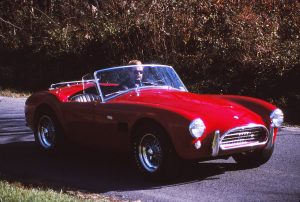

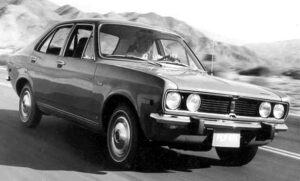
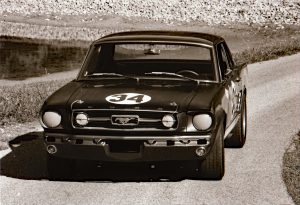
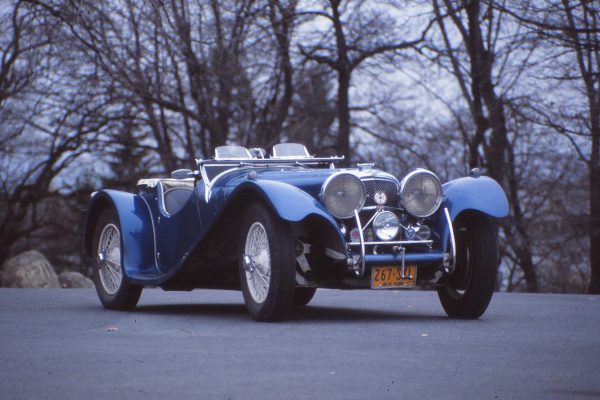
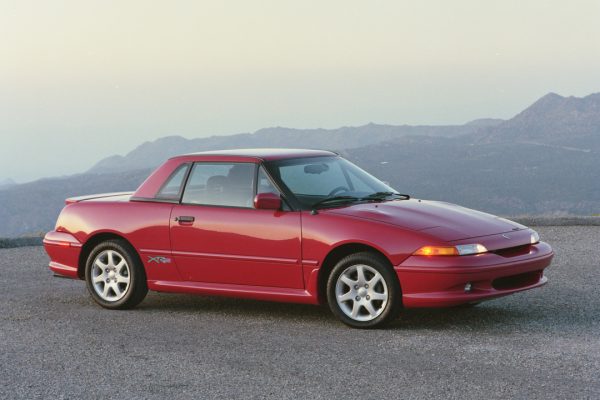
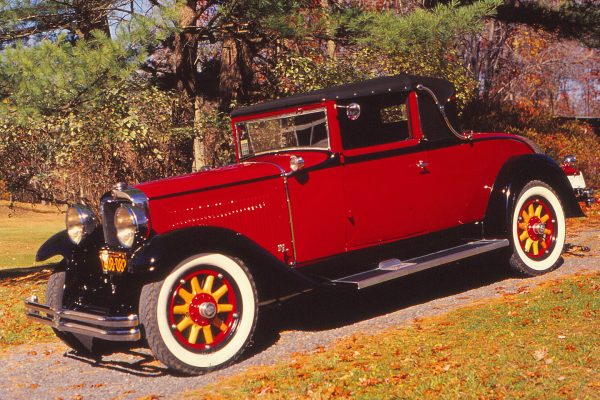
What Do You Think?
You must be logged in to post a comment.